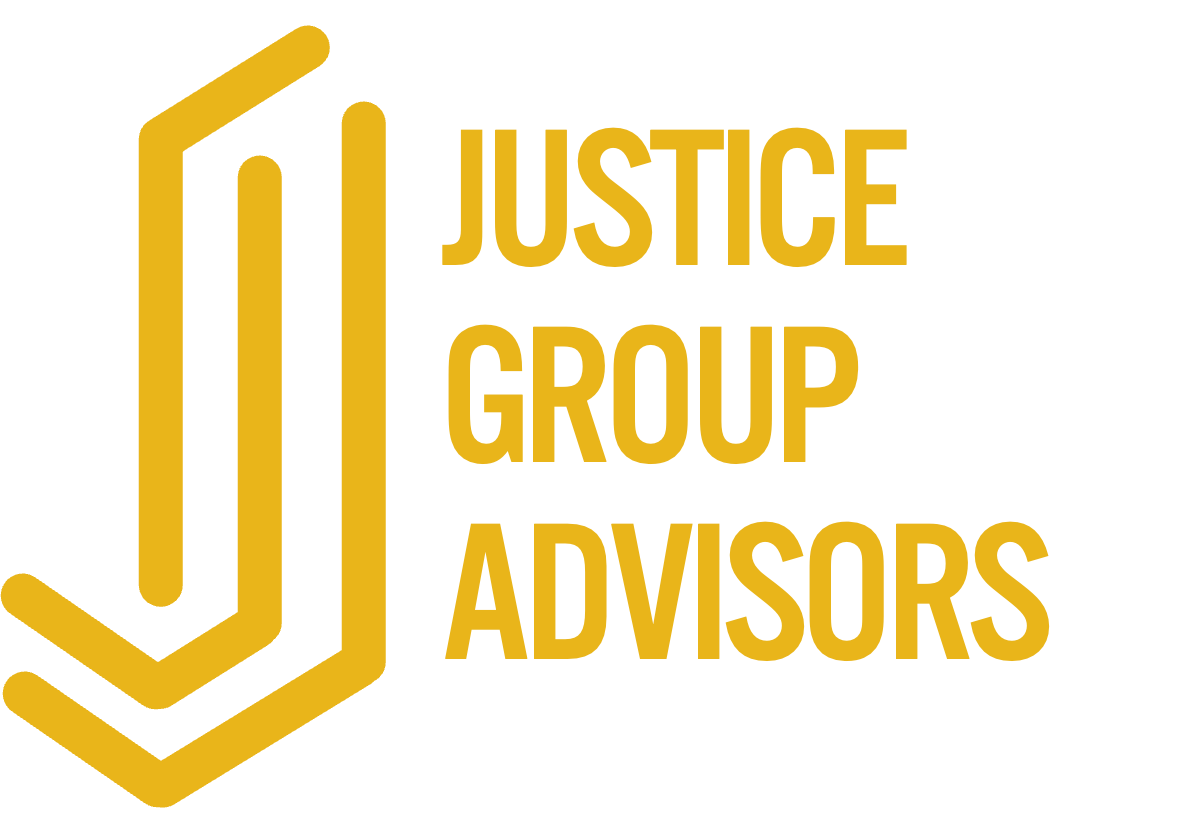Updated november 2025Executive Coaching for Biopharma: What You Need to Know Before You Invest
You're not hiring a coach to fix a performance problem.
You're investing in leverage — for leaders whose scope has outgrown their playbook.
WHAT IT REALLY TAKES TO LEAD AT THE HIGHEST LEVEL
This page answers the questions that matter:
What is executive coaching? When does it work? How do I measure it? And how do I make the case?
Whether you're an executive investing in your own growth, sponsoring coaching for your team, or an HR leader building scalable leadership capability — this is your starting point.
↓ KEEP READING: WHAT EXECUTIVE COACHING REALLY DELIVERS.
Jump to a section:
→ What Is Executive Coaching? — Understanding what coaching actually delivers
→ Who Needs Coaching? — When to invest (and for whom)
→ Timing & Common Mistakes — Why most companies wait too long
→ How It Works — What to expect from the coaching process
→ Measuring ROI — How to track impact and justify investment
IT'S NOT THERAPY. IT'S NOT TRAINING. HERE'S WHAT IT ACTUALLY IS.
What is Executive Coaching and Why Does it Matter?
Executive coaching isn't professional development.
It's strategic leverage.
When senior leaders plateau, the business feels it:
Decisions slow down. Teams disengage. Cross-functional friction increases.
Coaching works because it targets the behaviors that cascade — how leaders decide, delegate, communicate, and build trust under pressure.
It's not therapy. It's not training. It's applied behavioral science, anchored in real business outcomes.
The best coaching helps leaders:
Make faster, cleaner decisions (fewer escalations, less rework)
Build trust across senior peers (stronger strategic alignment)
Navigate complexity without burning out (sustainable performance at scale)
Model leadership behaviors that compound across their teams
If you're an executive: Coaching helps you operate at the level your role demands — without burning out or losing your team in the process.
If you're sponsoring coaching: You're not just developing one person. You're investing in the system around them.
Go Deeper:
→ What Smart Leaders Know: Coaching is the Shortcut to Success
→ Why I Keep Hiring Coaches—Even As a Coach Myself
"Coaching doesn't change who you are. It sharpens how you operate when the stakes are highest."
WHEN THE JOB OUTGROWS THE PLAYBOOK
Who Is Executive Coaching For?
Who Should Invest in Executive Coaching — And When?
Coaching isn't for leaders who are struggling.
It's for leaders whose jobs have outgrown their habits — and whose teams are feeling it.
Consider coaching when:
You're (or your leader is) hitting a ceiling.
Capable, credible, stuck. What worked at the last level isn't translating. The gap between effort and impact is growing.
The scope just expanded.
New complexity. More visibility. Different stakeholder dynamics. Working harder isn't creating traction.
You're preparing for the next level.
High potential, not quite ready. Coaching closes the gap between "strong performer" and "enterprise leader."
You need strategic alignment across senior peers.
Dysfunction at the top cascades fast. Coaching helps leaders see blind spots and build trust where it's frayed.
The question isn't "Do I need coaching?"
It's "What's the cost if I don't invest now?"
The biggest mistake? Waiting until it's too late.
Most leaders wait until coaching becomes a rescue mission instead of a development investment. By the time someone says "We even got them a coach," the narrative has usually hardened and the team has checked out. The best coaching happens before the story turns — when a leader has space and belief to grow.
Go Deeper:
→ "We Did Everything—Even Got Them a Coach." Why That Phrase Usually Means It's Already Too Late
→ Stop Waiting for Permission: Why Smart Leaders Advocate for Coaching Early
→ Does Your Job Offer Include Executive Coaching? It Should and Here's Why
→ Before You Hire a Coach for a Senior Leader, Ask These 5 Questions
→ When a High Performer Hits a Ceiling— How to Unlock the Next Level of Leadership
→ The High Performer's Plateau: How to Rise Into Strategic Leadership
“When you coach a senior leader, you're really coaching everyone who reports to them."
“WE EVEN GOT THEM A COACH"—WHY THAT PHRASE MEANS YOU'RE ALREADY LATE
When Coaching Becomes a Rescue Mission Instead of a Development Investment
Here's the truth most HR leaders and executives don't want to say out loud:
By the time someone suggests "Maybe we should get them a coach," the real question is usually "How much longer do we give them?"
Coaching hasn't been positioned as development.
It's been positioned as evidence that you tried.
The Phrase That Signals It's Too Late
"We did everything—even got them a coach."
You've heard it. Maybe even said it.
It's said with sincerity. But everyone in the room knows:
The narrative has already hardened. The team has checked out. The decision is made.
Late-stage coaching isn't uncommon. But it's a different game.
It's not about building skills—it's about reversing a leadership story that's been calcifying for months. Rebuilding credibility with peers who've lost confidence. Re-engaging teams who feel the ending has already been written.
It's possible. But it's slower, heavier, and requires an executive sponsor willing to keep the runway open long enough for progress to show.
What Good Timing Actually Looks Like
The best coaching outcomes don't come from last-ditch efforts.
They come from early investments, when:
A leader is stepping into bigger scope.
New complexity. More visibility. Different stakeholder dynamics. They're capable—but the playbook that got them here won't carry them forward.Feedback is mixed—not fatal.
Some friction. Some blind spots. But the team still has belief. The leader still has space and motivation to grow.You're preparing someone for the next level.
They're high potential, but not quite ready. Coaching closes the gap before the stakes get higher.Strategic alignment is fraying.
Peer relationships are strained. Cross-functional trust is thin. Dysfunction at the top cascades fast—coaching helps leaders see what they can't see on their own.
That's when coaching accelerates performance.
That's when a leader becomes the story people root for.
The Most Common Mistakes
Mistake 1: Waiting for proof of struggle.
By the time performance issues are documented, you're not investing in development—you're managing risk.Mistake 2: Treating coaching as a remediation tool.
If coaching only shows up when someone's on thin ice, you've taught your organization that coaching is a red flag, not a resource.Mistake 3: Assuming the leader will ask.
High performers don't know what they don't know. They're working harder, not differently. Smart leaders advocate for coaching early—before the gap becomes a canyon.Mistake 4: Skipping the hard questions before hiring a coach.
Not all coaching is the right fit. Not all timing is salvageable. Five critical questions determine whether you're setting up success or managing an exit.Mistake 5: Lowering the bar without realizing it.
When you stop giving real feedback because "they're doing their best," you've already made the call. Unconsciously lowering expectations doesn't protect the leader—it protects you from the hard conversation.
The Real Question Isn't "Should We Coach Them?"
It's "When?"
If you wait until the leader is isolated, the team is disengaged, and the board doubtful—coaching might still help.
But it's not development. It's repair.
And repair requires more than a coach. It requires:
Belief that this leader can still succeed here
Willingness to create the runway for progress to be visible
Enough trust left to make the investment real
If the answer is yes, coaching may be worth it.
If not, you're not investing in growth. You're cushioning the exit.
If You're Already Wondering…
If the thought has crossed your mind—"Maybe this leader needs a coach"—you're probably not too early.
You may be late.
But maybe not too late.
The leaders who see coaching as a strategic shortcut, not a red flag, are the ones who build momentum before it's needed.
If you're wondering when the right time is, it might already be now.
Go Deeper:
→ "We Did Everything—Even Got Them a Coach." Why That Phrase Usually Means It's Already Too Late
→ Stop Waiting for Permission: Why Smart Leaders Advocate for Coaching Early
→ Before You Hire a Coach for a Senior Leader, Ask These 5 Questions
→ When a High Performer Hits a Ceiling— How to Unlock the Next Level of Leadership
→ Are You Unconsciously Lowering the Bar?
Wondering if it's too early—or too late?
"The best coaching happens before the narrative turns—when a leader still has space and belief to grow."
NOT OPEN-ENDED CHECK-INS. NOT THERAPY. HERE'S THE REAL PROCESS.
How Executive Coaching Works — And What to Expect
Good coaching follows a clear, measurable process.
Not open-ended check-ins. Not therapy sessions. Structured behavior change tied to real outcomes.
Here's what that looks like:
Phase 1: Reveal
Understand how you're experienced. Surface the gap between intent and impact.
What's actually holding you back? What's costing you influence?
Phase 2: Refine
Apply new strategies in real time — in meetings, decisions, and high-stakes moments.
Faster decisions. Clearer communication. Stronger peer relationships.
Phase 3: Reinforce
Build habits that stick. Make the change compound across your team.
Fewer escalations. Better retention. Improved strategic alignment.
Whether you're the leader being coached or sponsoring coaching for your team:
You're not buying time with a coach. You're buying leverage that lasts.
Go Deeper:
→ Feeling Stuck in Your Leadership Role? Here's How to Move Forward
→ A 3-Step Strategy to Improve Executive Presence—Without Losing Yourself
"Coaching doesn't end when the engagement ends. The best coaching changes how a leader operates — and how their team performs."
BEYOND THE FEELING—WHAT COACHING IMPACT ACTUALLY LOOKS LIKE
How Do You Measure the ROI of Executive Coaching?
You can feel when coaching is working — because the business starts moving faster.
But ROI isn't just a feeling. It shows up in measurable outcomes.
What to track:
Decision velocity.
Are you (or your leaders) making faster, cleaner calls? Are escalations decreasing?Team performance.
Is retention improving? Are direct reports stepping up?Cross-functional trust.
Is strategic alignment stronger? Are peer conflicts decreasing?Leadership sustainability.
Are you (or your leaders) operating at a higher level without burning out?When coaching is tied to strategy, its ROI compounds.
You're not just developing one leader. You're improving the system around them.
If you're an executive: You get time back. Decisions get cleaner. Your team performs better.
If you're sponsoring coaching: You reduce risk, improve retention, and build leadership capability that scales.
Go Deeper:
→ Get Your Company to Pay for Coaching: Top Insider Tips
→ Why Smart Leaders Negotiate Executive Coaching Into Their Offers
→ Stop Waiting for Permission: Why Smart Leaders Advocate for Coaching Early
“"The real question isn't 'What's the ROI?' It's 'What's the cost of not investing?'”
Ready to Discuss Coaching?
Whether you're investing in your own growth or building capability across your team, let's talk about what's possible—and whether coaching is the right move.
KEEP THE CONVERSATION GOING
Stay Connected in the Way that Fits You:
Practical Perspectives
Once a month.
Personal reflections and behavioral-science insights for leaders.
Weekly Blog
Every Friday.
Practical ideas on leading yourself, others, and the business.

